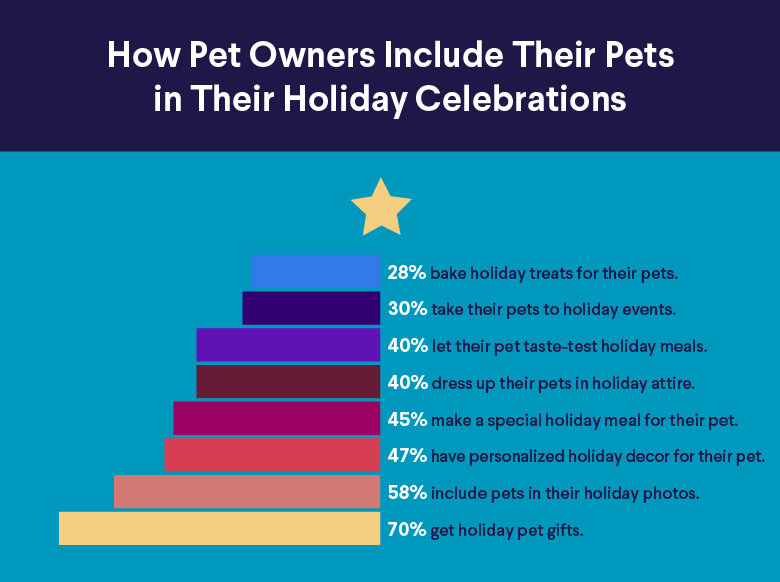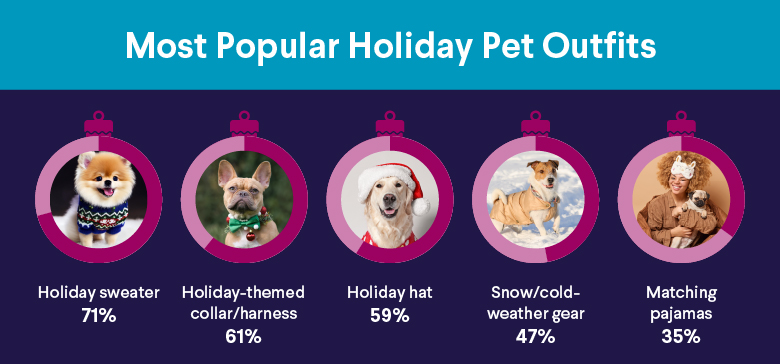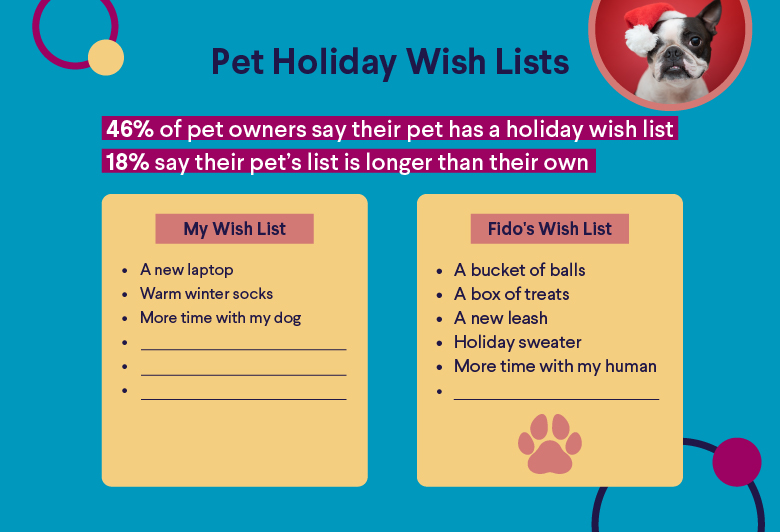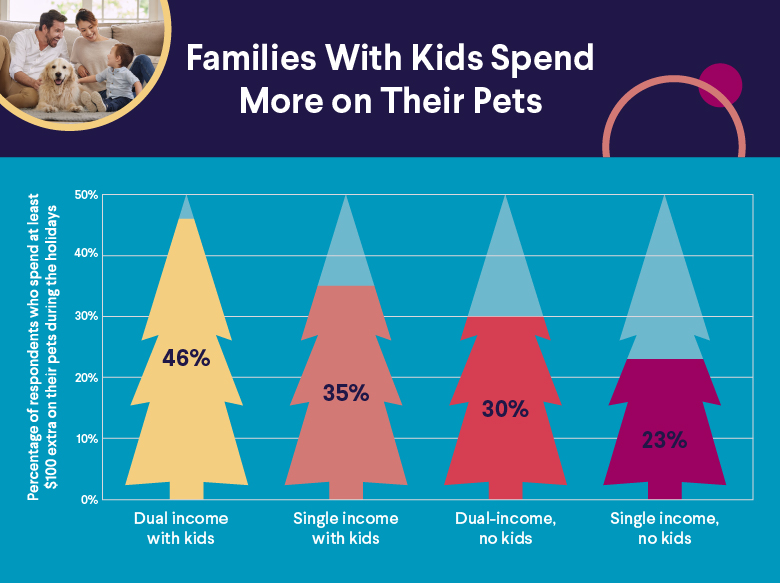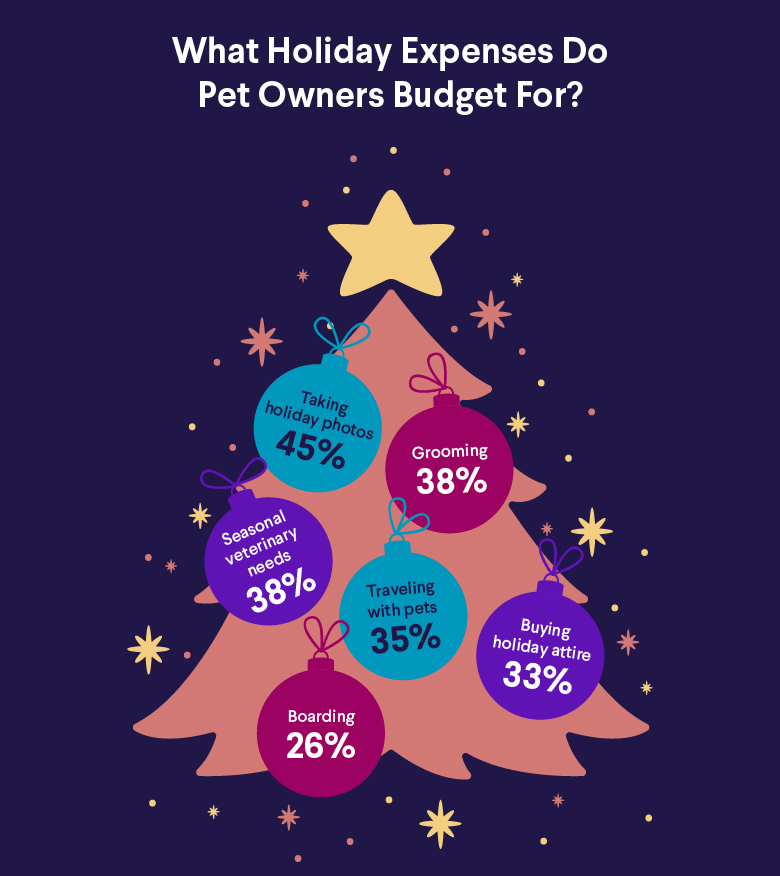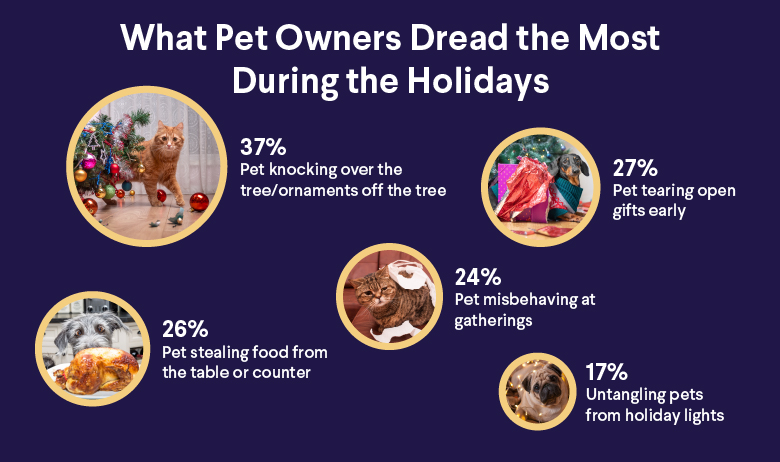What Are Intermediary Banks? What Do They Do?
When money moves from one bank to another, you may think it travels in one speedy step, but in truth, an intermediary bank may be involved. When funds move between a sender and a receiving account at the same bank, the money typically moves directly. But if the money is moving from one bank to another, the processing may be more involved and an intermediary bank is likely needed.
As the name implies, an intermediary bank is a bank that acts as a go-between, connecting two different banks. Smaller banks require intermediary banks or correspondent banks to facilitate transactions with other banks, while larger banks may have enough connections to serve as their own intermediaries.
Generally, retail bank customers do not have to worry about finding intermediary banks — instead, they work behind the scenes with the banks themselves.
Key Points
• An intermediary bank acts as a go-between, connecting two different banks for transfers and transactions.
• Intermediary banks are commonly used for international wire transfers and handling multiple types of currencies.
• Retail bank customers usually don’t need to find intermediary banks as they work behind the scenes.
• Intermediary bank fees are charged for their role in facilitating transactions, and the fees vary.
• Intermediary banks are necessary when transferring money between two banks that don’t have an existing relationship.
What Is an Intermediary Bank?
An intermediary bank is a third-party bank that helps facilitate transfers and transactions between two other banks. Often, intermediary banks are dealing with international transactions such as wire transfers between different countries. If you are sending money to others abroad, your bank may end up using an intermediary bank.
You may not be aware of how the intermediary banks work behind the scenes, but be aware that you may be charged additional fees for the work that intermediary banks are doing.
How Do Intermediary Banks Work
If you are doing a bank account transfer, especially to an account in a different country than the one where your own bank is located, it is likely that an intermediary bank will be involved. During a monetary transfer between accounts at different banks, an intermediary bank works in between the sender’s bank account and the account at the receiving bank.
Here’s how the transaction might work:
• A person with an account at Bank A wants to send money to another person, a client with an account at Bank B.
• However, Bank A doesn’t have an account or banking relationship with Bank B.
• Bank A and Bank B do, however, each have an account with Bank C.
• Funds can be funneled through Bank C, the intermediary bank, to make the transaction successful.
Intermediary Bank Example
Intermediary banks are like an international travel hub through which transfers flow. They are especially important for fund transfers made via the SWIFT (Society for Worldwide Interbank Telecommunications) network.
Here’s a simple example to show how intermediary banks usually work. Let’s say that John is an importer-exporter based in the United States who banks at the Acme Bank. He needs to make a payment to Angela, a supplier of his based in Germany, who banks with Big Bank. He gives Angela’s bank’s information to his bank to make the transfer.
If Acme Bank does not have an account at or a relationship directly with Big Bank (Angela’s bank), it will use an intermediary bank; let’s call it Central Bank. This intermediary bank will have accounts at both Acme Bank, John’s bank in the United States, as well as Big Bank, Angela’s bank in Germany.
Central Bank can transfer the money between the two banks. It will likely charge a fee for their role in the transaction. The transaction will be completed by the three banks working together.
When Is an Intermediary Bank Required?
Any time that money is being transferred between two banks that do not have an existing relationship, an intermediary bank is usually involved. Whether you have a single account or a joint bank account, when you transfer money to a user at a different bank (especially internationally), an intermediary bank will generally be required.
This is likely to occur as a commercial banking transaction. In other words, the use of an intermediary bank is not something the consumer has to initiate.
The Need for Intermediary Banks
Intermediary banks are important as part of the global financial system. Since banks generally do not have accounts with every single bank around the world, there is a need for intermediary banks to help facilitate monetary transfers.
The good news is that you typically do not have to worry about finding an intermediary bank yourself. Instead, the banks themselves have intermediary banks that they use to transfer money between other banks.
Get up to $300 when you bank with SoFi.
Open a SoFi Checking and Savings Account with direct deposit and get up to a $300 cash bonus. Plus, get up to 4.60% APY on your cash!
When Will an Intermediary Bank Be Involved in a Transaction?
An intermediary bank will usually be involved whenever there is a need to transfer money between accounts at two separate banks. If the sending bank does not have its own account with the receiving bank, it will usually use an intermediary bank.
Even if a business thought it could get around the need for intermediary banks (and save money; see more on fees below) by opening multiple bank accounts, its main bank would still probably use an intermediary bank at some point to transfer funds on its behalf.
Difference Between Intermediary and Correspondent Banks
When considering how bank transfers work, you may hear two different terms: intermediary banks and correspondent banks. Depending on which part of the world you’re in, there may or may not be a difference between the terms “intermediary bank” and “correspondent bank.”
• In some countries, the terms correspondent banks and intermediary banks are used interchangeably.
• In the U.S. as well as in a few other countries, correspondent banks are often ones that handle multiple types of currencies.
• Intermediary banks may be smaller banks that only typically handle transactions in one currency.
What Are Some Typical Intermediary Bank Fees?
Because intermediary banks typically do not work directly with consumers, they also do not regularly post a breakdown of the fees they charge. Instead, you can look at your own bank’s fees for financial transactions such as domestic wire transfers or international wire transfers.
The fees that your bank will charge you for these transactions generally include the fees that your bank will have to pay to the intermediary bank it uses. These bank fees can range anywhere from $15 to $50 or more.
Recommended: How Do Banks Make Money?
Who Pays for Intermediary Bank Fees?
Intermediary bank fees are paid in different ways, depending on the specific transaction. Let’s say Person A is sending money to Person B. There are three ways the fees may be handled, depending on what the parties involved agree upon:
• “OUR” is the code used when the sender will pay all fees. An average fee for an international transfer can be about $70.
• “SHA” is the code indicating shared costs. Person A will likely pay their bank charges (perhaps $15 to $30 on a typical transaction) and then Person B pays the rest: their bank’s and the intermediary bank’s charges.
• “BEN” indicates that Person B, the recipient of the funds, will pay all charges.
The Takeaway
If a bank customer wants to send money to someone at a different bank and the two banks involved are not connected, an intermediary bank typically plays a role. Intermediary banks work with other banks to help facilitate monetary transactions such as domestic and especially international wire transfers. You, as a consumer, usually do not have to find or hire your own intermediary bank. However, your bank will likely pass along any intermediary bank fees if you initiate a transaction that requires one.
What about your everyday, basic banking, though? If you’re looking for great interest rates while keeping flexible access to your money, why not open a bank account with SoFi? When you open our Checking and Savings with direct deposit, you can earn a competitive APY and pay no fees.
FAQ
What is an example of an intermediary bank?
An intermediary bank is one that moves funds between other banks. They do not typically work directly with consumers, so you likely neither need to know their names nor contact them. For instance, Bank of America might offer this service, or it might be provided by a foreign bank with which you are not familiar.
Why do you need an intermediary bank?
Intermediary banks are usually used when someone needs to send money to a person with an account at a different bank. An intermediary bank can serve as a middleman and facilitate the transaction. One common example is sending a wire transfer, especially internationally.
How do you find an intermediary bank?
In most cases, you will not need to find your own intermediary bank. The bank you use will have its own intermediary bank that it collaborates with as needed. Depending on what kinds of financial transactions you need, in some cases, you might also want to consider alternatives to traditional banks for international transfers.
Photo credit: iStock/MicroStockHub
SoFi® Checking and Savings is offered through SoFi Bank, N.A. ©2023 SoFi Bank, N.A. All rights reserved. Member FDIC. Equal Housing Lender.
The SoFi Bank Debit Mastercard® is issued by SoFi Bank, N.A., pursuant to license by Mastercard International Incorporated and can be used everywhere Mastercard is accepted. Mastercard is a registered trademark, and the circles design is a trademark of Mastercard International Incorporated.
SoFi members with direct deposit activity can earn 4.60% annual percentage yield (APY) on savings balances (including Vaults) and 0.50% APY on checking balances. Direct Deposit means a deposit to an account holder’s SoFi Checking or Savings account, including payroll, pension, or government payments (e.g., Social Security), made by the account holder’s employer, payroll or benefits provider or government agency (“Direct Deposit”) via the Automated Clearing House (“ACH”) Network during a 30-day Evaluation Period (as defined below). Deposits that are not from an employer or government agency, including but not limited to check deposits, peer-to-peer transfers (e.g., transfers from PayPal, Venmo, etc.), merchant transactions (e.g., transactions from PayPal, Stripe, Square, etc.), and bank ACH funds transfers and wire transfers from external accounts, do not constitute Direct Deposit activity. There is no minimum Direct Deposit amount required to qualify for the stated interest rate.
SoFi members with Qualifying Deposits can earn 4.60% APY on savings balances (including Vaults) and 0.50% APY on checking balances. Qualifying Deposits means one or more deposits that, in the aggregate, are equal to or greater than $5,000 to an account holder’s SoFi Checking and Savings account (“Qualifying Deposits”) during a 30-day Evaluation Period (as defined below). Qualifying Deposits only include those deposits from the following eligible sources: (i) ACH transfers, (ii) inbound wire transfers, (iii) peer-to-peer transfers (i.e., external transfers from PayPal, Venmo, etc. and internal peer-to-peer transfers from a SoFi account belonging to another account holder), (iv) check deposits, (v) instant funding to your SoFi Bank Debit Card, (vi) push payments to your SoFi Bank Debit Card, and (vii) cash deposits. Qualifying Deposits do not include: (i) transfers between an account holder’s Checking account, Savings account, and/or Vaults; (ii) interest payments; (iii) bonuses issued by SoFi Bank or its affiliates; or (iv) credits, reversals, and refunds from SoFi Bank, N.A. (“SoFi Bank”) or from a merchant.
SoFi Bank shall, in its sole discretion, assess each account holder’s Direct Deposit activity and Qualifying Deposits throughout each 30-Day Evaluation Period to determine the applicability of rates and may request additional documentation for verification of eligibility. The 30-Day Evaluation Period refers to the “Start Date” and “End Date” set forth on the APY Details page of your account, which comprises a period of 30 calendar days (the “30-Day Evaluation Period”). You can access the APY Details page at any time by logging into your SoFi account on the SoFi mobile app or SoFi website and selecting either (i) Banking > Savings > Current APY or (ii) Banking > Checking > Current APY. Upon receiving a Direct Deposit or $5,000 in Qualifying Deposits to your account, you will begin earning 4.60% APY on savings balances (including Vaults) and 0.50% on checking balances on or before the following calendar day. You will continue to earn these APYs for (i) the remainder of the current 30-Day Evaluation Period and through the end of the subsequent 30-Day Evaluation Period and (ii) any following 30-day Evaluation Periods during which SoFi Bank determines you to have Direct Deposit activity or $5,000 in Qualifying Deposits without interruption.
SoFi Bank reserves the right to grant a grace period to account holders following a change in Direct Deposit activity or Qualifying Deposits activity before adjusting rates. If SoFi Bank grants you a grace period, the dates for such grace period will be reflected on the APY Details page of your account. If SoFi Bank determines that you did not have Direct Deposit activity or $5,000 in Qualifying Deposits during the current 30-day Evaluation Period and, if applicable, the grace period, then you will begin earning the rates earned by account holders without either Direct Deposit or Qualifying Deposits until you have Direct Deposit activity or $5,000 in Qualifying Deposits in a subsequent 30-Day Evaluation Period. For the avoidance of doubt, an account holder with both Direct Deposit activity and Qualifying Deposits will earn the rates earned by account holders with Direct Deposit.
Members without either Direct Deposit activity or Qualifying Deposits, as determined by SoFi Bank, during a 30-Day Evaluation Period and, if applicable, the grace period, will earn 1.20% APY on savings balances (including Vaults) and 0.50% APY on checking balances.
Interest rates are variable and subject to change at any time. These rates are current as of 10/24/2023. There is no minimum balance requirement. Additional information can be found at https://www.sofi.com/legal/banking-rate-sheet.
Third-Party Brand Mentions: No brands, products, or companies mentioned are affiliated with SoFi, nor do they endorse or sponsor this article. Third-party trademarks referenced herein are property of their respective owners.
Financial Tips & Strategies: The tips provided on this website are of a general nature and do not take into account your specific objectives, financial situation, and needs. You should always consider their appropriateness given your own circumstances.
SOBK0422041




